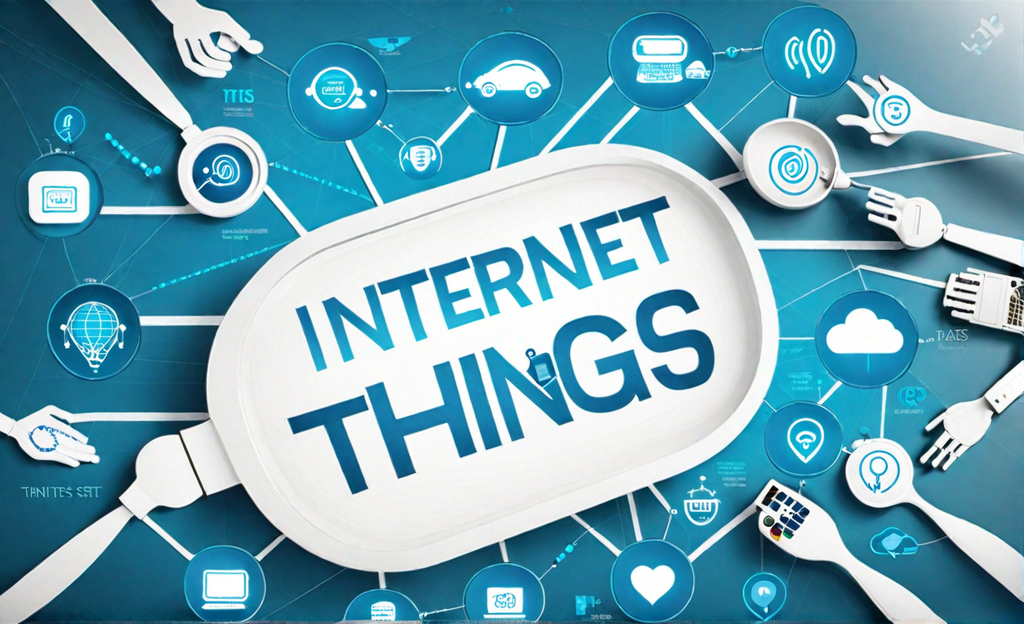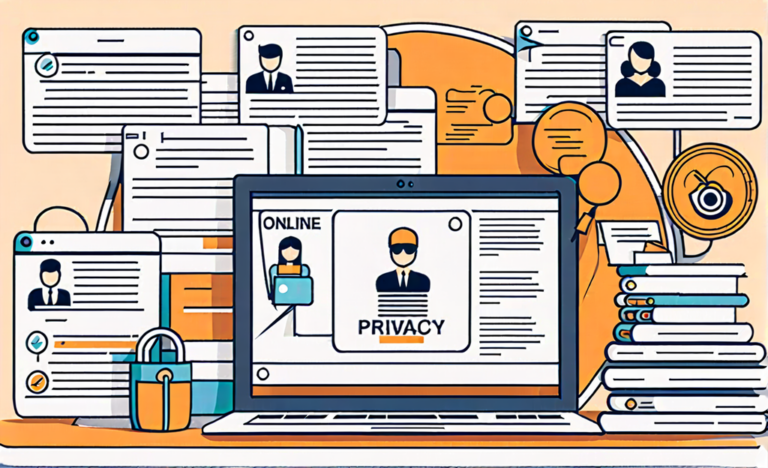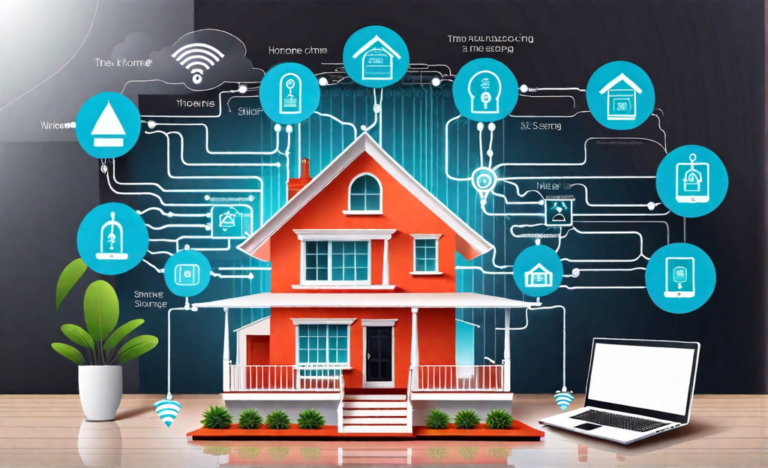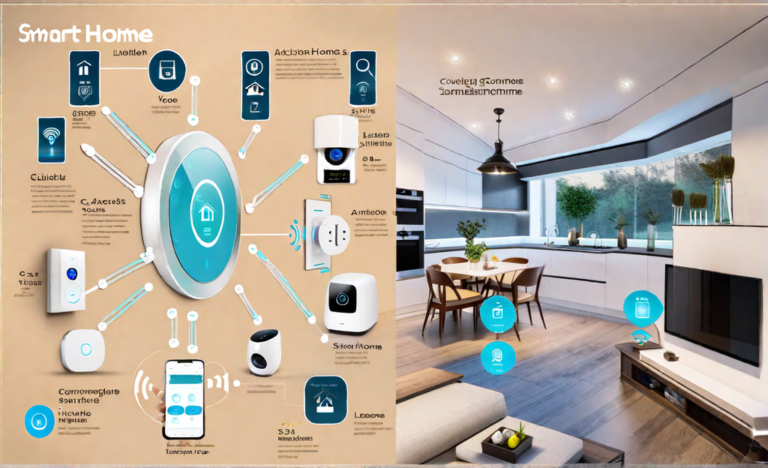What are the risks of IoT in homes?
The Internet of Things (IoT) is a rapidly growing network of physical devices that are connected to the internet and can collect and exchange data. IoT devices are becoming increasingly popular in homes, as they can be used to automate tasks, control appliances, and collect data about our daily lives.
However, there are also a number of risks associated with using IoT devices in homes. Here are some of the biggest risks to be aware of:
Security vulnerabilities
IoT devices are often vulnerable to hacking because they are often poorly designed and have inadequate security measures in place. Hackers can exploit these vulnerabilities to gain access to IoT devices and take control of them. This could allow them to:
- Spy on you
- Steal your personal information
- Launch attacks against other devices on your network
- Disrupt critical services such as your thermostat or security system
- Use your devices to launch denial-of-service attacks against other websites and servers
Privacy concerns
IoT devices collect a lot of data about our daily lives, including our movements, our habits, and our preferences. This data is often stored on remote servers, and it can be vulnerable to hacking. If a hacker is able to access your IoT data, they could use it to:
- Track your movements
- Monitor your activities
- Target you with advertising
- Sell your data to third parties
- Blackmail you
Safety hazards
Some IoT devices, such as smart thermostats and smart lights, can pose a safety hazard if they are not installed or used properly. For example:
- A smart thermostat that is not calibrated correctly could overheat your home and start a fire.
- A smart light bulb installed in a light fixture that is not rated for it could start a fire.
- A smart baby monitor could be hacked, allowing the hacker to spy on your child.
- A smart doorbell could be hacked, allowing the hacker to unlock your door or view your security camera footage.
Malicious use
IoT devices can also be used for malicious purposes. For example:
- Hackers could use IoT devices to launch botnet attacks, which are distributed denial-of-service attacks that can overwhelm websites and servers.
- Hackers could use IoT devices to spread malware or launch other types of cyberattacks.
- Criminals could use IoT devices to target your home for burglaries or other crimes.
Additional risks
In addition to the risks listed above, there are a number of other potential risks associated with using IoT devices in homes:
- Identity theft: If a hacker is able to access your IoT account, they could use your personal information to steal your identity or commit other crimes.
- Extortion: Hackers could extort money from you by threatening to release embarrassing or damaging information that they have collected from your IoT devices.
- Disruption of critical services: If your IoT devices are connected to critical services such as your thermostat or security system, a hacker could disrupt these services, putting you and your family at risk.
- Vendor lock-in: Some IoT devices are proprietary and can only be used with specific products or services. This can make it difficult to switch vendors or upgrade your devices.
- Lack of interoperability: Not all IoT devices are compatible with each other. This can make it difficult to create a seamless smart home experience.
How to protect your home from IoT risks
There are a number of things you can do to protect your home from the risks associated with IoT devices:
- Choose your devices carefully: When choosing IoT devices, consider the security and privacy implications. Choose devices from trusted manufacturers and make sure that they have adequate security measures in place.
- Keep your devices up to date: Manufacturers regularly release software updates for their IoT devices to fix security vulnerabilities. It is important to install these updates as soon as they are available.
- Use strong passwords: Use strong passwords for all of your IoT devices and change them regularly.
- Change the default settings: Many IoT devices come with default settings that are easy to guess. Change these settings as soon as you set up your devices.
- Segment your network: Create a separate network for your IoT devices and isolate them from the rest of your home network. This will make it more difficult for hackers to gain access to your other devices.
- Use a firewall: Use a firewall to protect your home network from unauthorized access.
- Monitor your network: Monitor your network for suspicious activity. You can use a variety of tools to do this, such as intrusion detection systems (IDS) and intrusion prevention systems (IPS).
IoT devices can offer a number of conveniences and benefits, but it is important to be aware of the risks that they pose. By following the tips above, you can help to protect your






